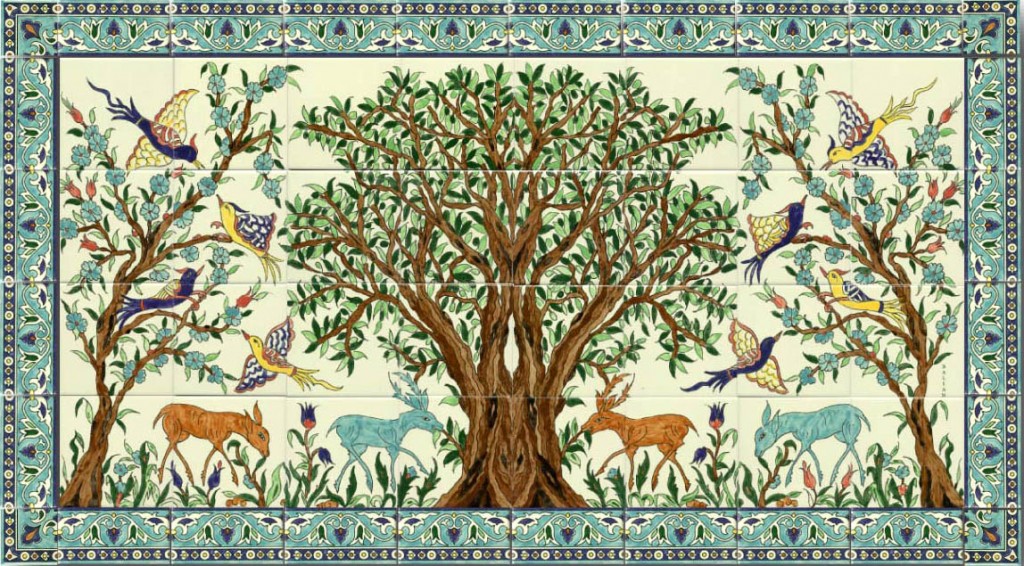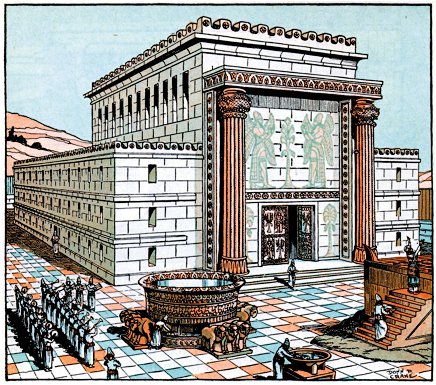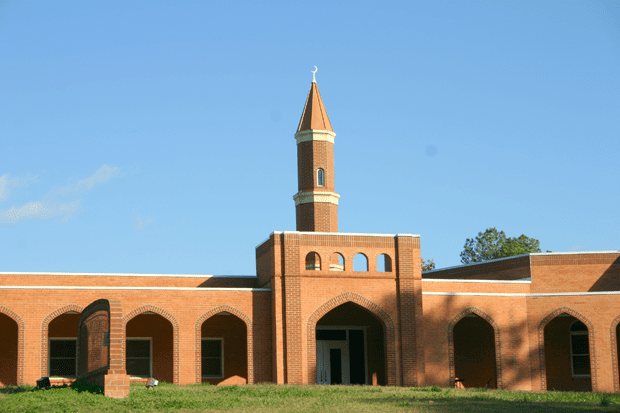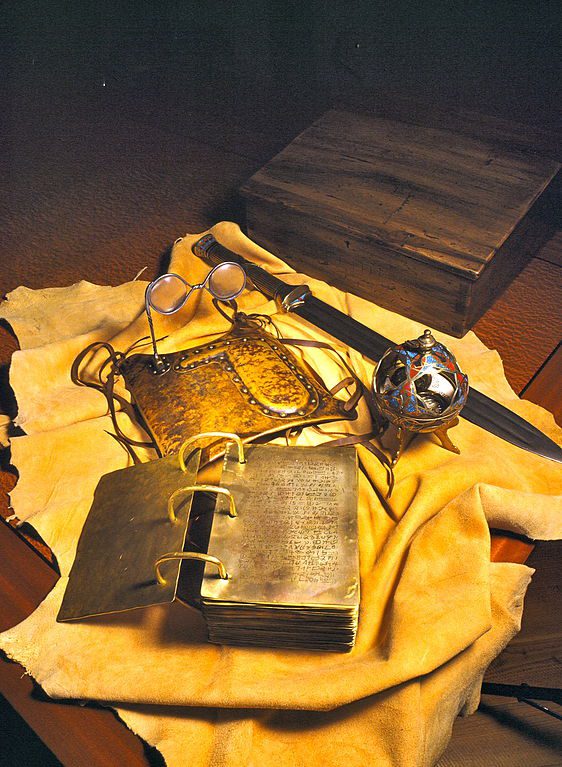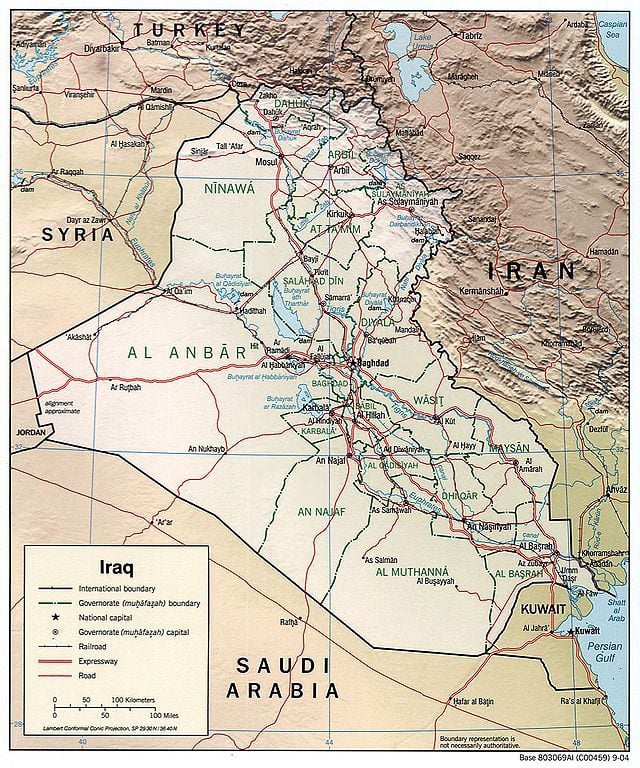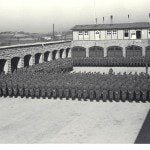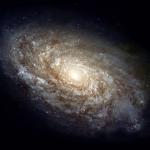Moving a bit further forward in John W . Welch, et al., eds., Knowing Why: 137 Evidences That the Book of Mormon Is True (American Fork: Covenant Communications, 2017): “Is Anything Known of Zenos outside the Book of Mormon?” (158-160) This article summarizes suggestions that have been made toward identifying Zenos (who appears at various places throughout the Book of Mormon but who is best known for the olive allegory in Jacob 5) in sources beyond the Book of Mormon. A prominent candidate... Read more


